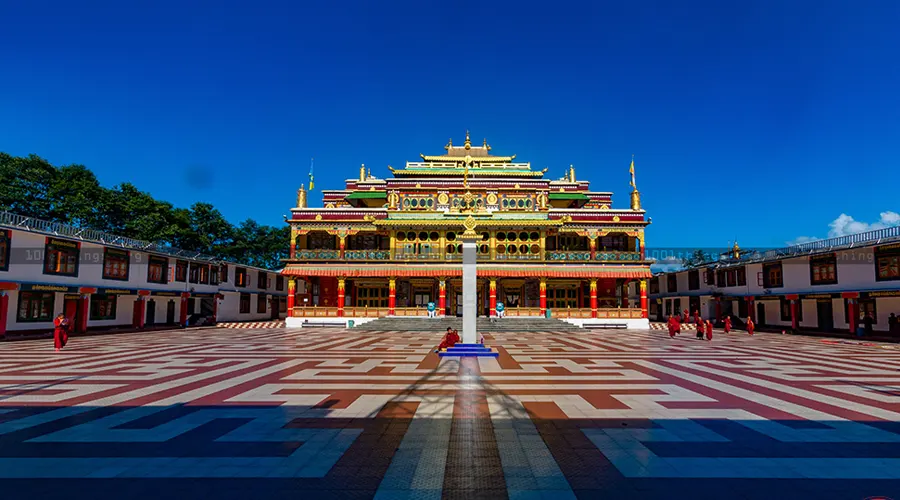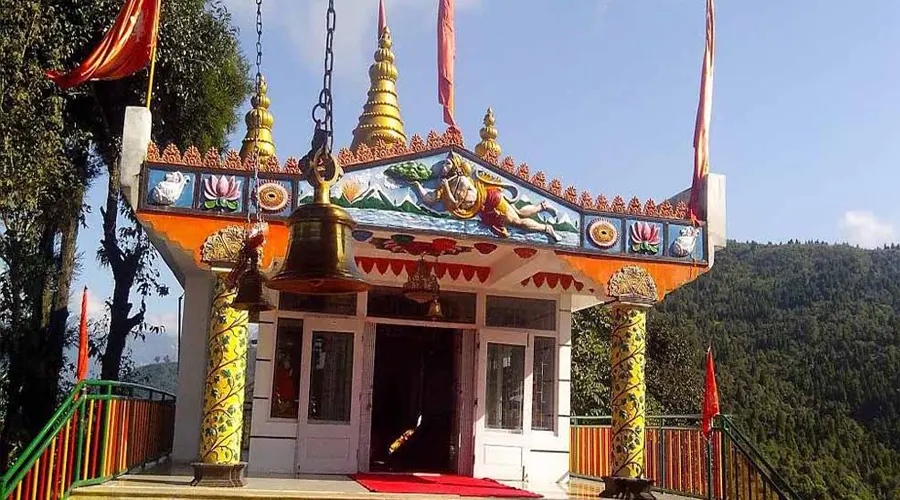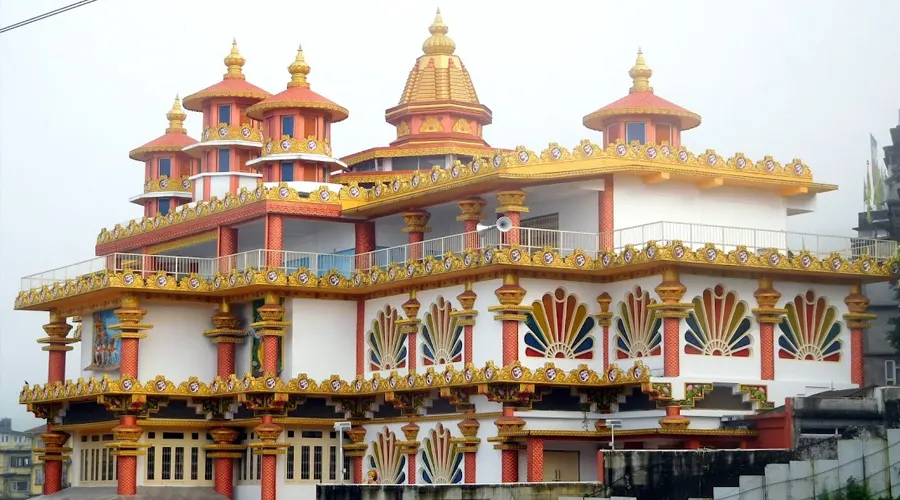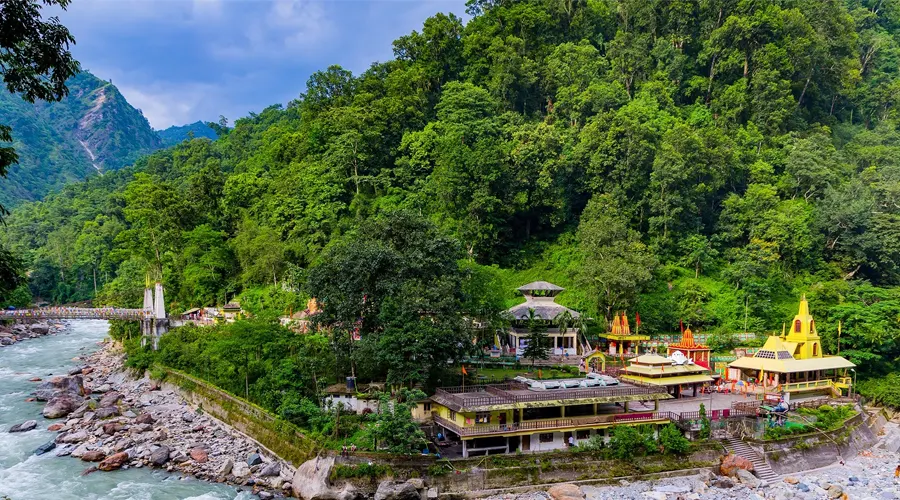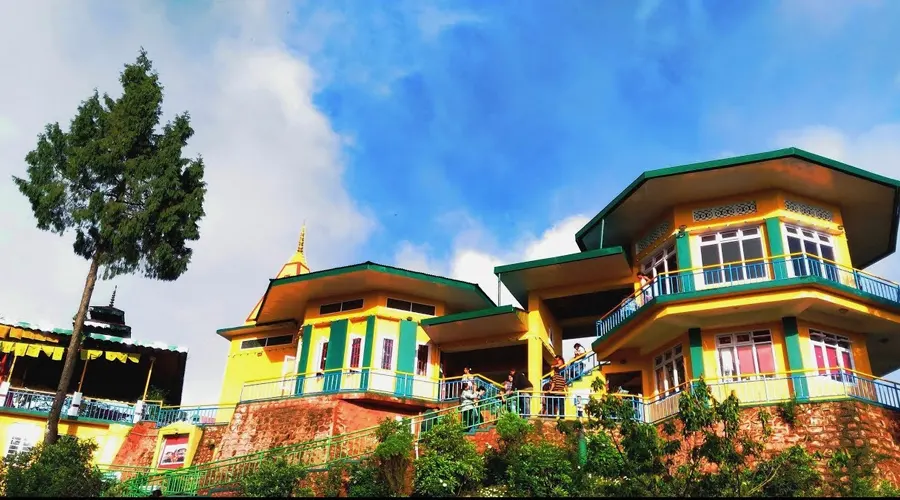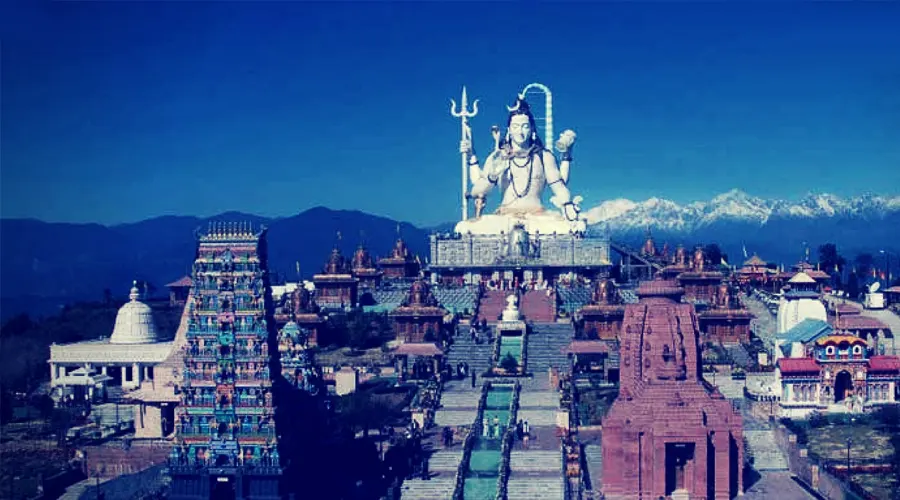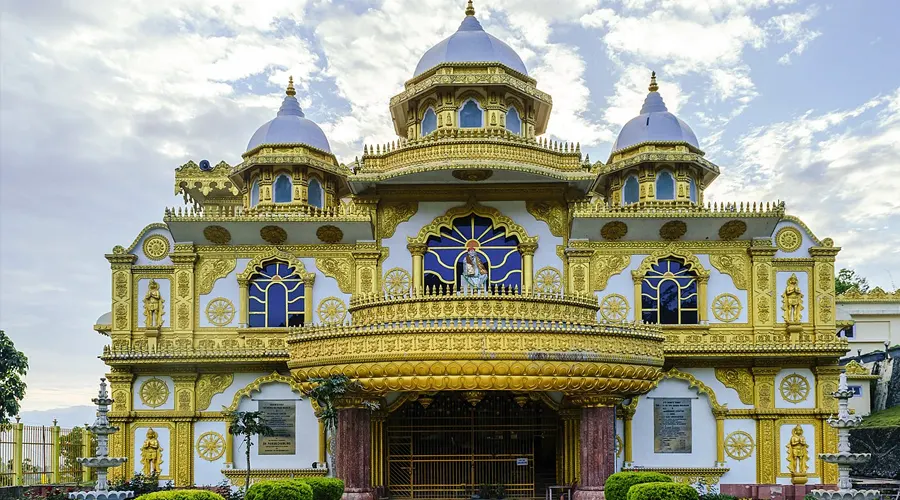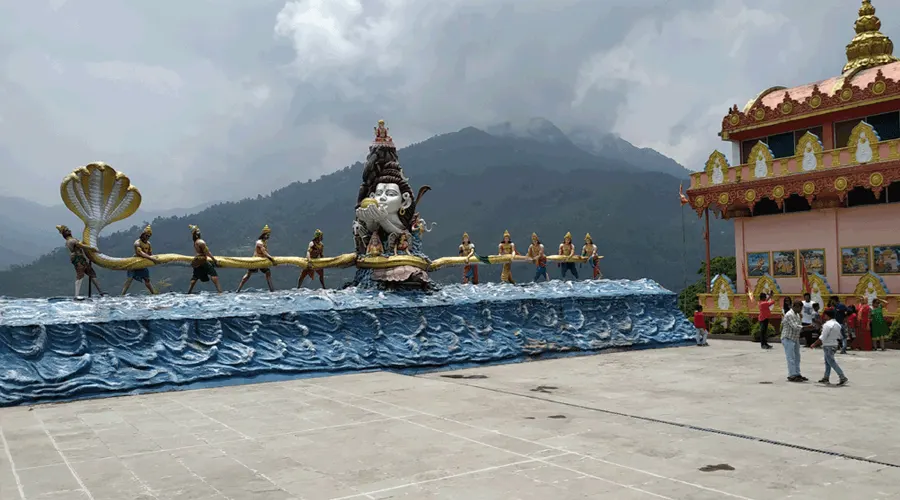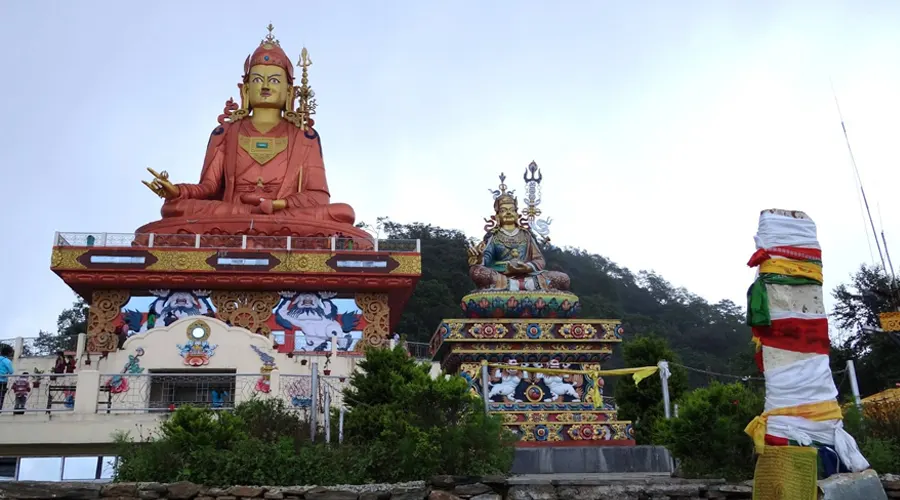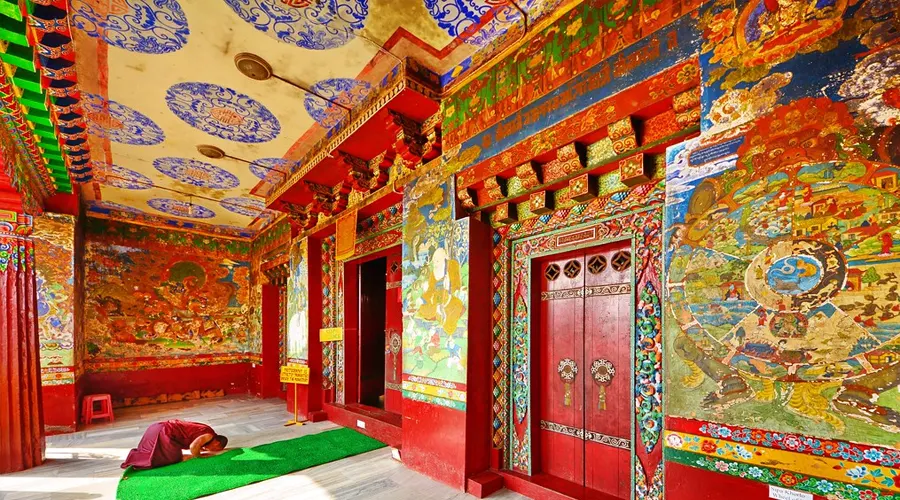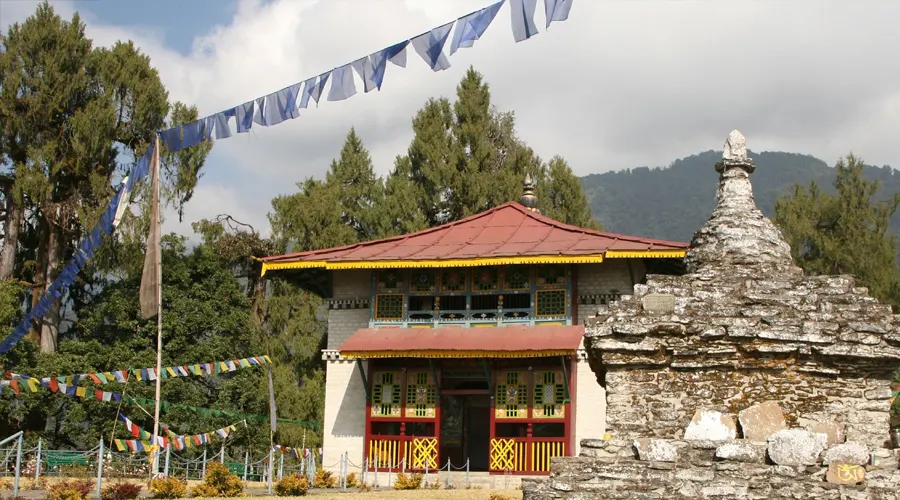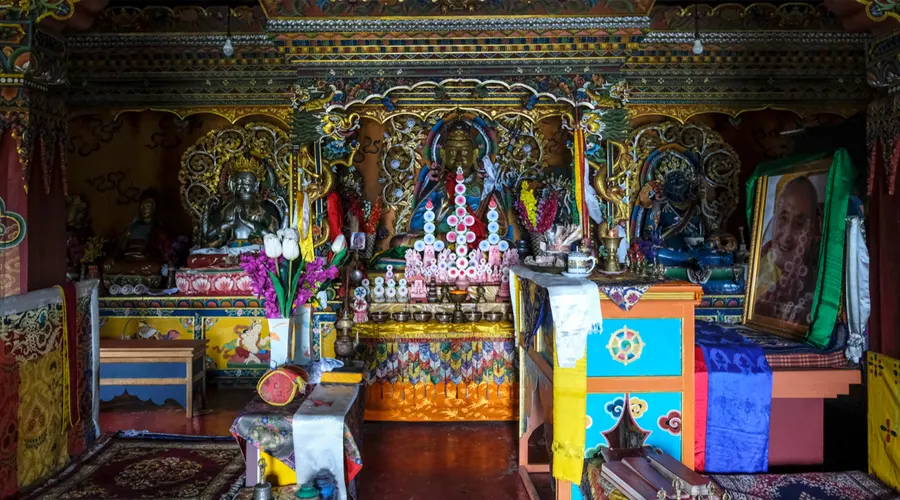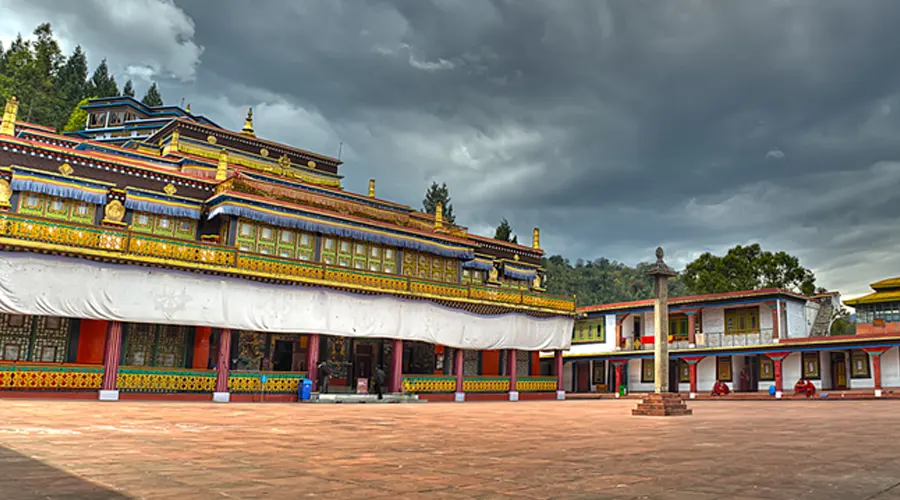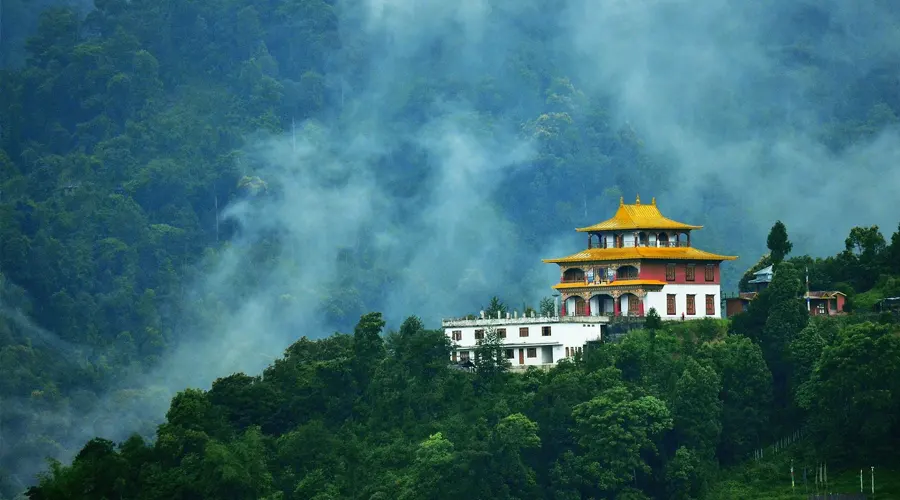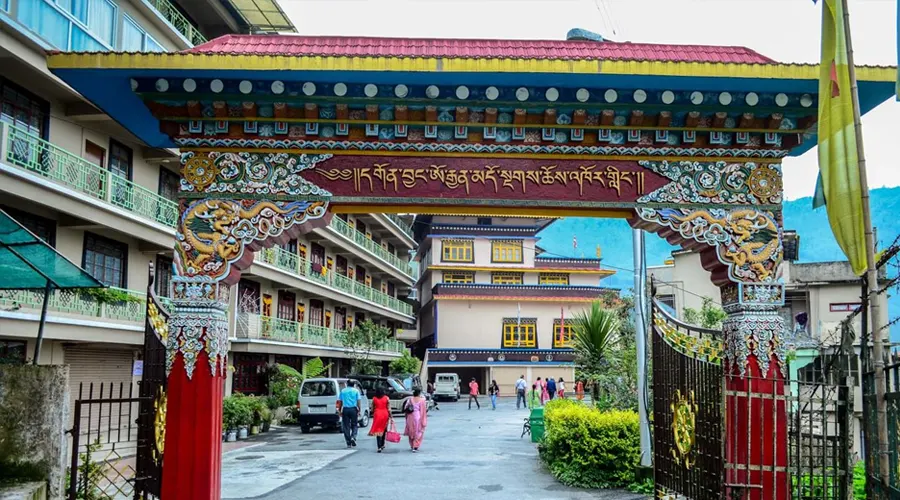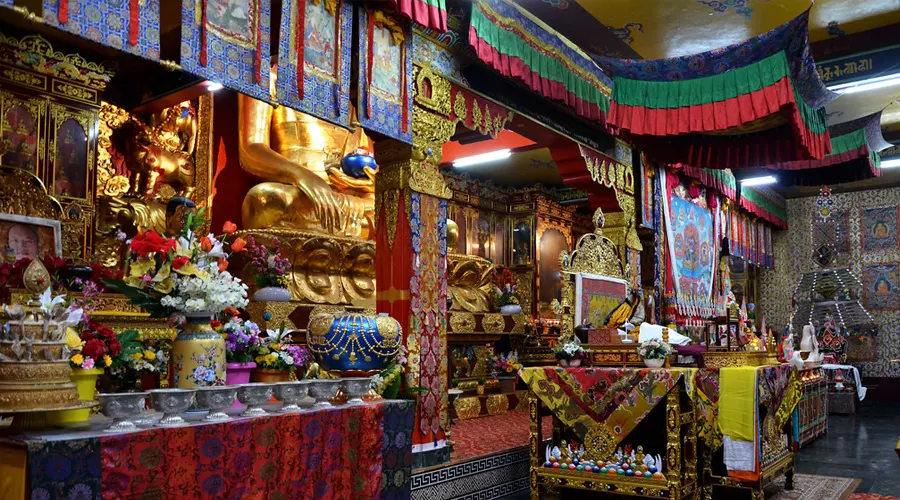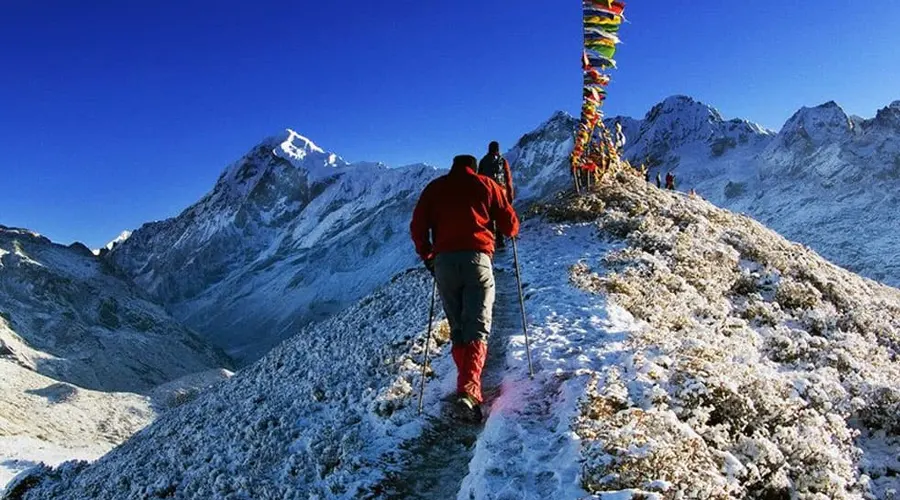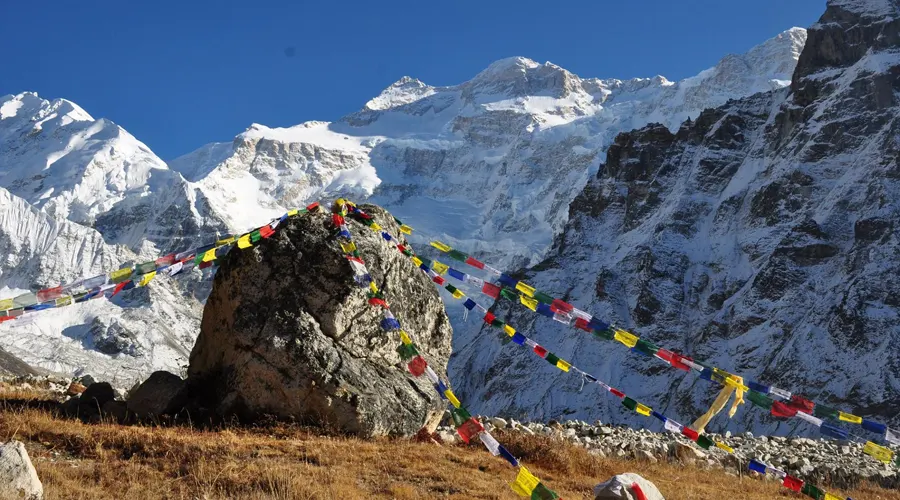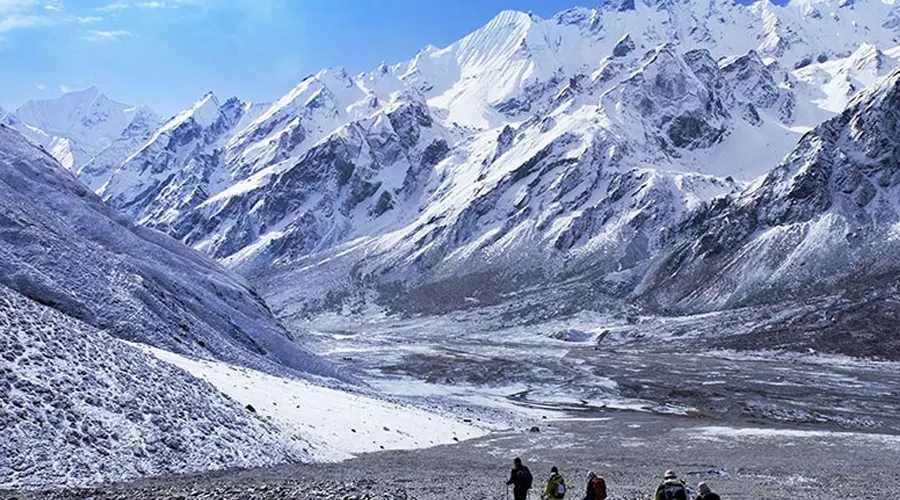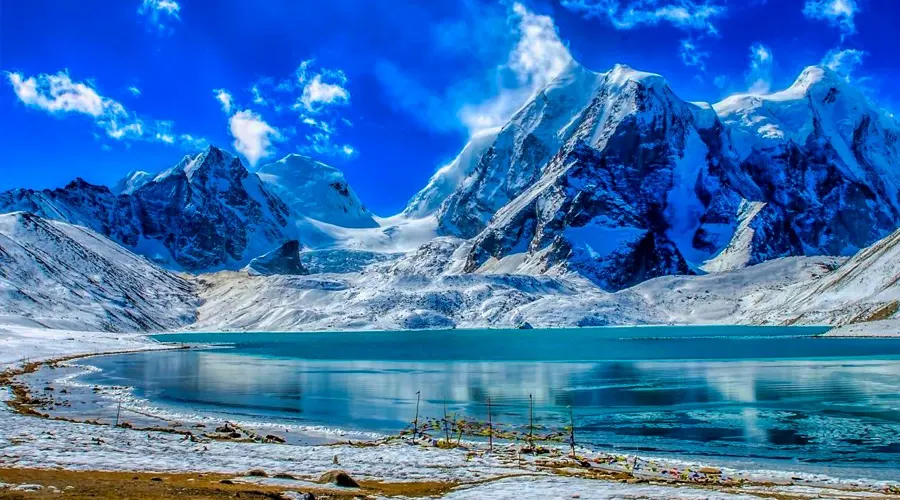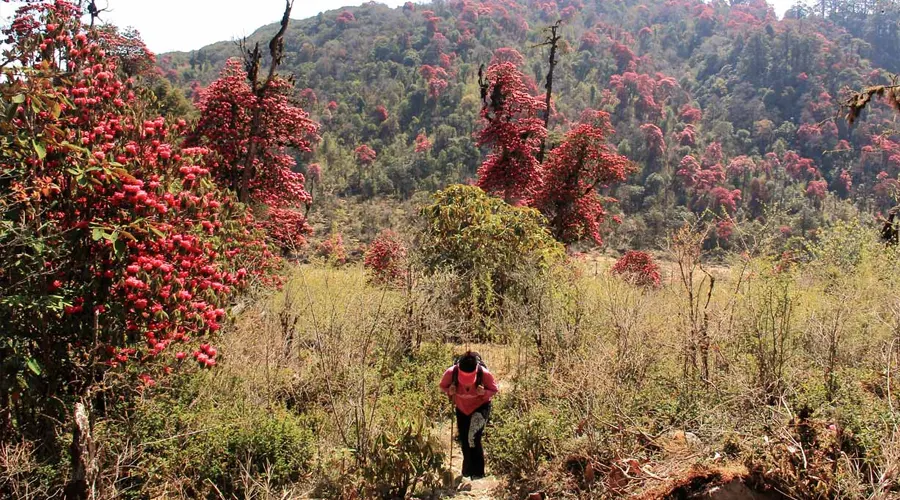Ralang Monastery
Ralang Monastery is beyond comparison to any other monasteries in Sikkim. It is undoubtedly an attraction that needs to be visited by every traveler wishing to explore Ravangla. To start with, the monastery’s symmetry and allurement give a welcoming feel to the visitors. Ralang Monastery has an extensive collection of paintings and thangkas that reflect the opulence of Buddhist art.
The story of what brought Ralang Monastery into existence was that, when the fourth Chogyal returned from his pilgrimage, the 9th Karmapa threw grains of rice from Tsurphu Monastery in Tibet during Rabney (blessing) ceremony. The grains fell at this site, and thus the decision of constructing a monastery was taken. The site of the monastery of Ralang is at a distance of about 13 kilometers from Ravangla and the only way to reach is by trekking.
History
The old Ralang Monastery was built in 1768 AD by the 4th Chogyal of Sikkim to commemorate his successful pilgrimage to Tibet. According to legend, when the fourth Chogyal returned from his pilgrimage, Karmapa performed the 'Rabney' (traditional blessing). Following the rituals, he tossed some grains from the Tsurphu Monastery in Tibet (the main seat of Karmapa) and the grains fell on the ground of Ralang. Thus, the monastery came into existence and is considered one of the sacred monasteries in Sikkim.
Architecture
The new Ralong Monastery was built in the Tibetan architectural style. This monastery has an extensive collection of paintings and thankas. The monastery hosts the annual festival Pang Lhabsol in which Mount Kanchenjunga is worshipped. This festival starts on the 15th day of the 7th month of the Buddhist calendar (August-September) and ends on the 29th day of the 10th month of the Buddhist Calendar (December). This monastery is also famous for its Mahakala Dance which takes place every year in November.

